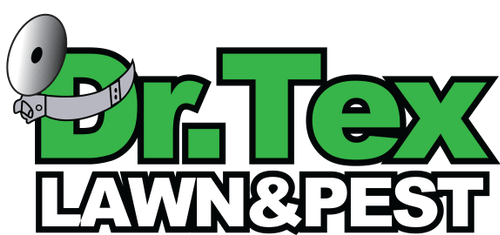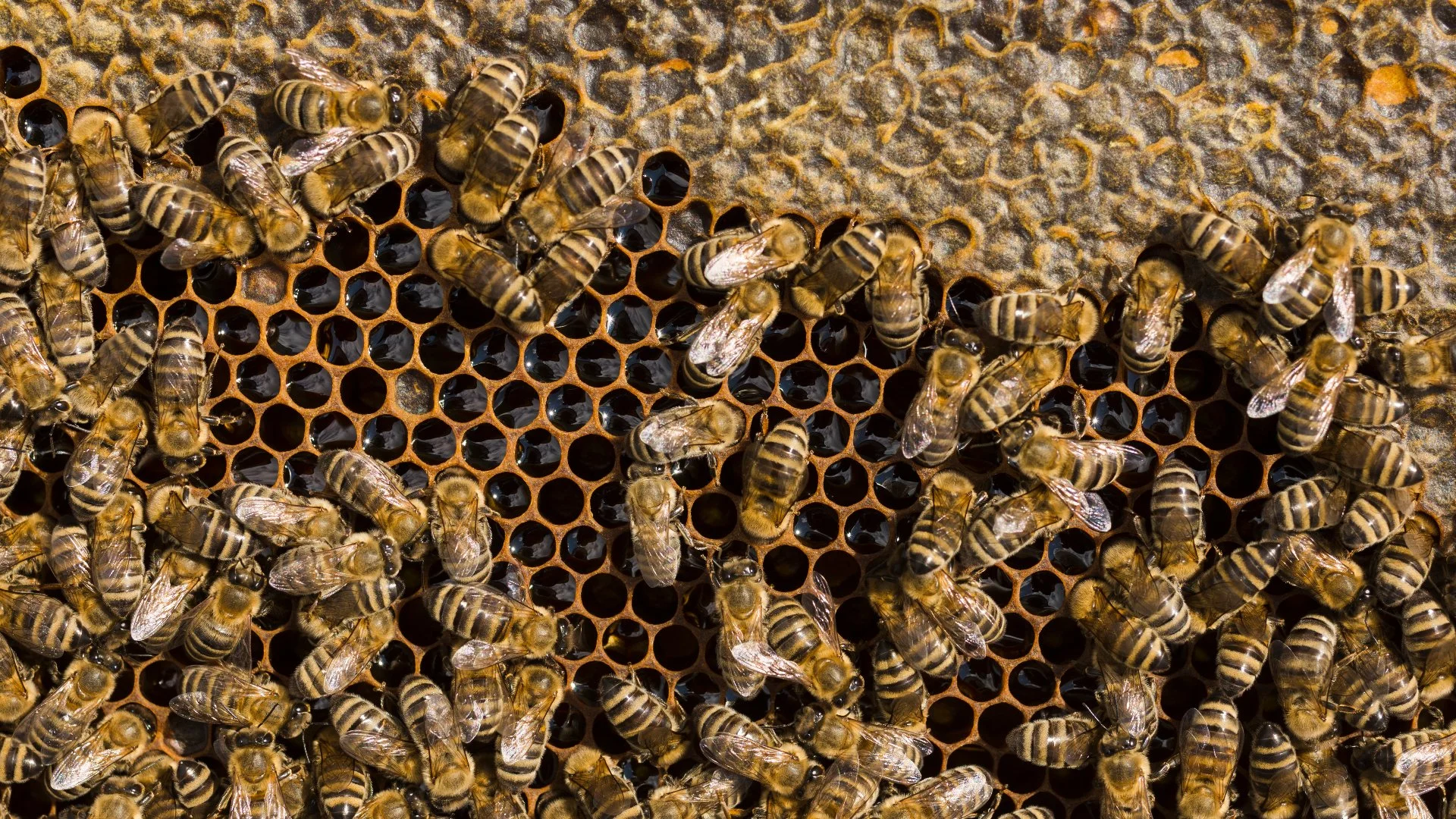In Texas, numerous property owners face encounters with wasps, which not only prove to be a nuisance but also pose risks to both you and your pets. To combat this issue, several effective preventative measures can be implemented. For example, seeking professional assistance, incorporating wasp-repelling plants, and keeping your property clean and free of garbage are some of the recommended methods. By employing these strategies, you can significantly reduce the presence of wasps and minimize the potential dangers associated with them nesting on your property.
If you're dealing with a wasp infestation, contact a professional pest control company immediately.
When dealing with wasp nests on your property, it is essential to prioritize safety. First and foremost, you should contact a professional pest control company if you have an infestation. Wasps can be aggressive when threatened, and attempting to remove or treat nests by yourself without proper knowledge and equipment can lead to dangerous situations. Pest control professionals use treatments effective against these pests and have the expertise to handle them safely, minimizing the risk of stings.
Some professional pest control services include several treatments throughout the year to provide consistent, overlapping protection from wasps.
Place wasp-repelling plants wherever these pests are nesting on your property.

One natural way to deter wasps from nesting is by strategically placing wasp-repelling plants throughout your property. Wasps are repelled by the strong scents of certain plants, such as peppermint, lemongrass, and marigold. By incorporating these in areas prone to wasp activity, you can greatly reduce the population.
Deter wasp activity by maintaining a clean outdoor environment.

Wasps are attracted to food sources, particularly sweet and sugary substances. By minimizing these temptations, you can reduce the likelihood of attracting them to your property. It’s best to ensure that garbage cans have tight-fitting lids and are emptied regularly. You'll also want to clean any spills or residues promptly. Maintaining a clean outdoor environment plays a huge role in keeping these pests away and can make all the difference, especially when they're nesting on your property.
Seal cracks and entry points to reduce the number of areas where wasps can build nests.

Reducing the places where wasps can build nests is crucial to discouraging and minimizing their presence on your property. To do this, you'll want to seal potential entry points and places where they can nest, including gaps, cracks, crevices, and other openings in the exterior of your home or business. Then, seal these areas using caulk or other products. Additionally, you'll also want to make sure windows, doors, and vents have properly fitted screens that are in good condition to prevent wasps from entering your inside space. These measures will help to greatly reduce the places for them to nest and even get into your home or business.
Call us today to schedule our perimeter pest control service and tell wasps to buzz off!
Do you want to say goodbye to wasps nesting on your property? If so, you've come to the right place! At Dr. Tex Lawn & Pest, we offer a perimeter pest control service, where we'll apply our highly effective treatments quarterly around the foundation of your home or business, windows, doors, and other potential problem areas to keep creepy crawlers from invading your inside space. Not only that, but we'll also treat any wasp nests we find on your property to send them packing!
Our perimeter pest control service is available for residential and commercial properties, as well as HOAs, in Austin, Round Rock, Cedar Park, Pflugerville, and throughout the surrounding areas in Texas. Call us today at (512) 717-5071 to schedule and keep those pesky wasps off your property.



Comments (0)
Thanks for your comment!
Thanks for your feedback! Your comments have been successfully submitted! Please note, all comments require admin approval prior to display.
Error submitting comment!
There is a problem with your comment, please see below and try again.